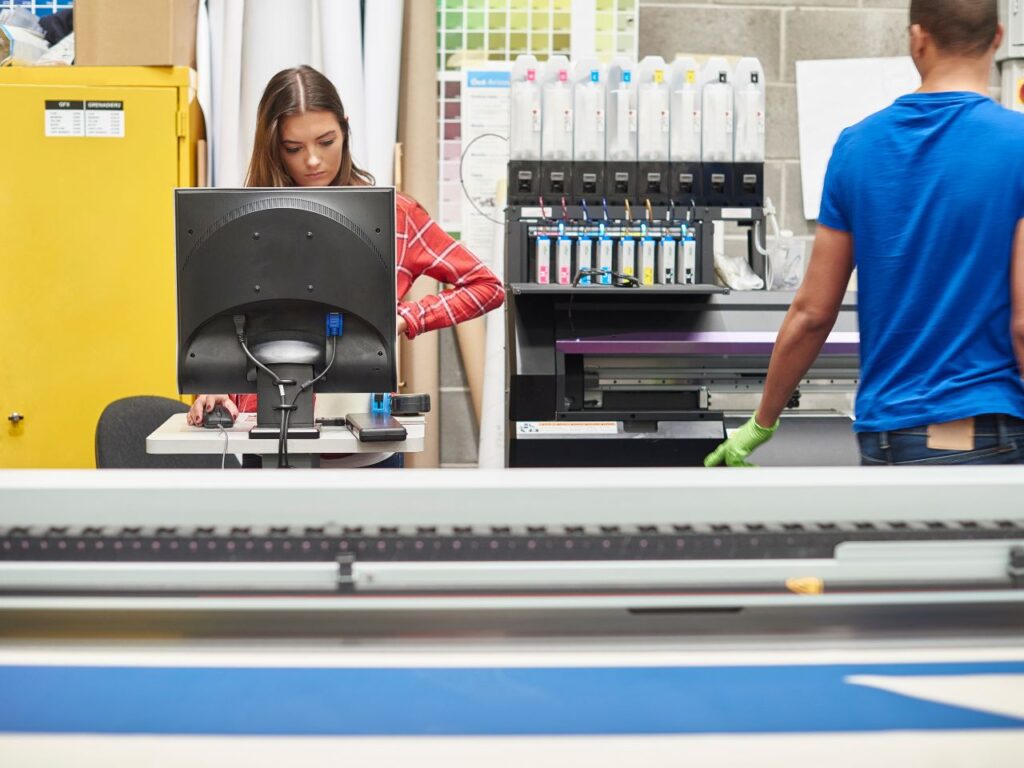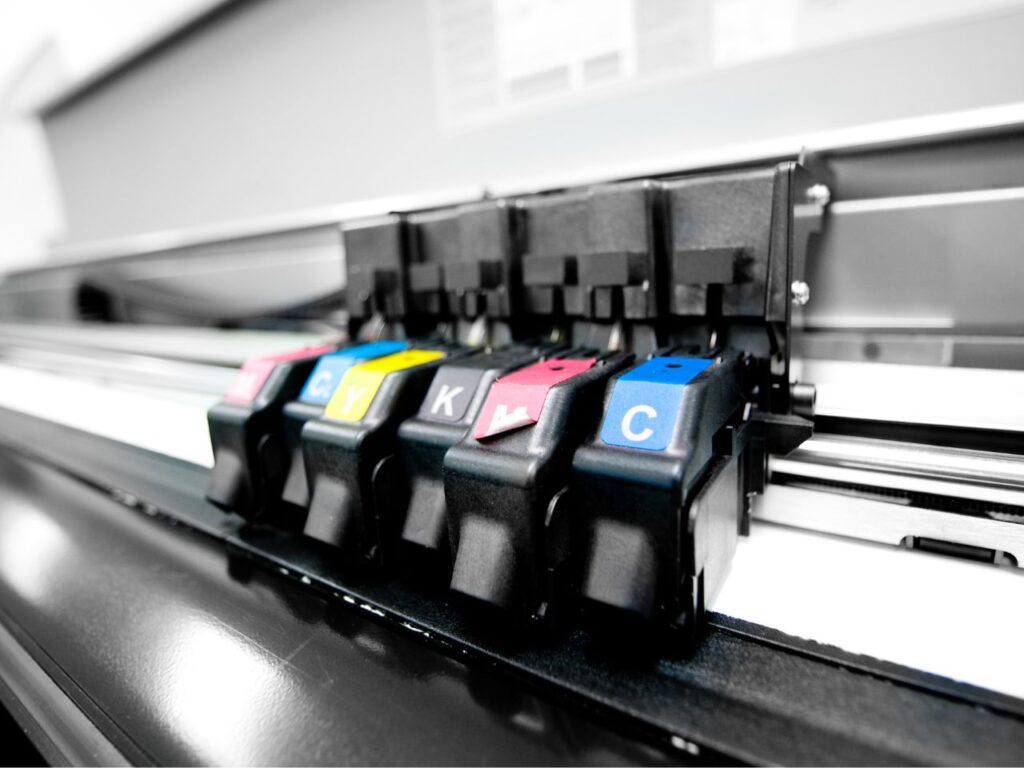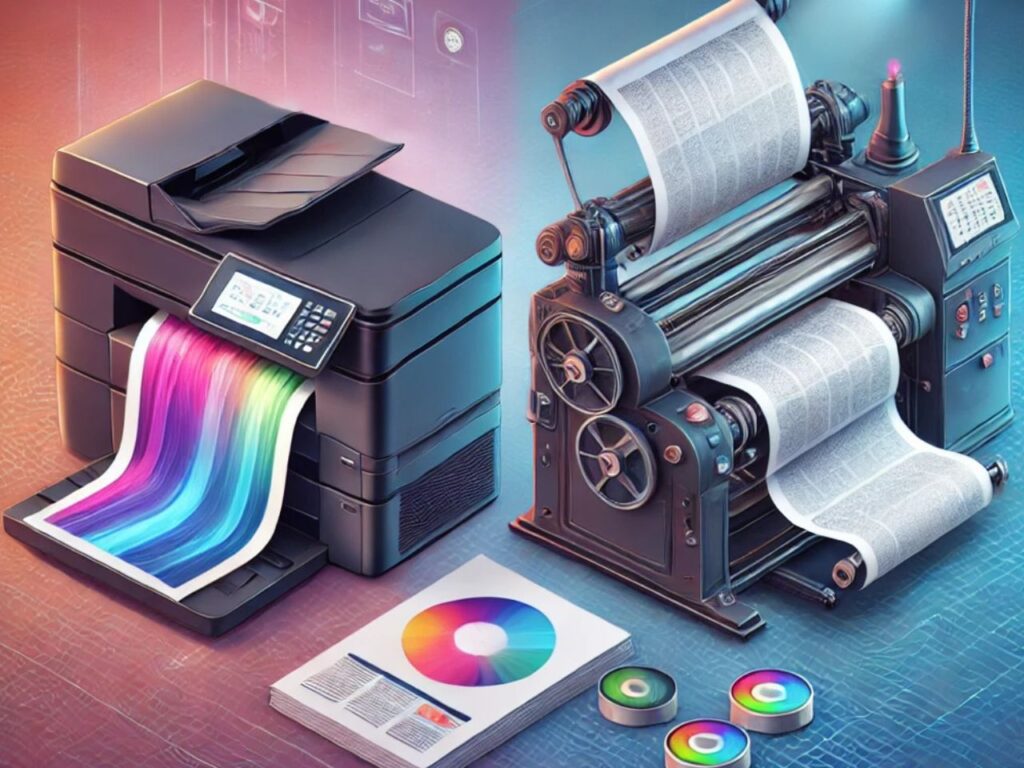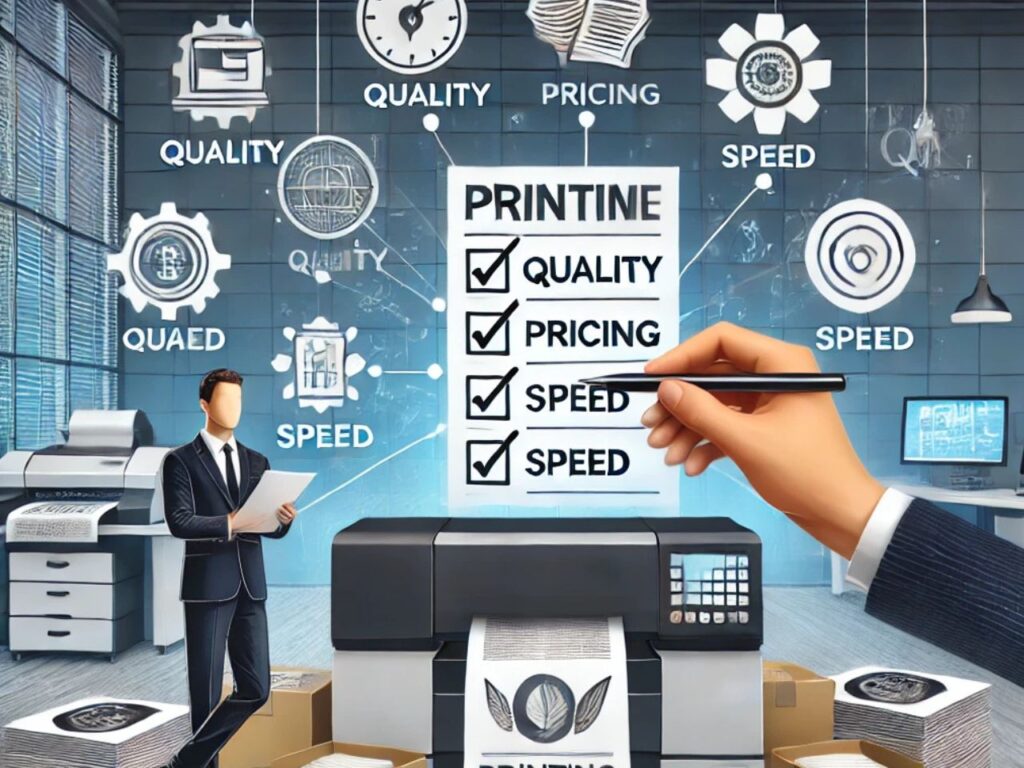

In today’s evolving world of print technology, choosing between digital and traditional printing can be challenging. Each method has unique strengths, costs, and applications, making it essential to understand their differences, benefits, and drawbacks to determine which approach aligns with your needs. This guide dives deep into digital and traditional printing, offering a clear comparison to help you make the best decision for your next project.
Digital printing is a modern approach to printing that directly transfers digital images onto paper or other materials. Unlike traditional methods that rely on physical plates, digital printing uses laser or inkjet technology, similar to home or office printers but on a larger, more sophisticated scale. This process makes it fast, efficient, and perfect for short print runs or projects requiring personalized content.

Traditional printing, often referred to as offset or lithographic printing, is a time-tested method that involves creating physical plates of the content. These plates are then transferred onto rubber sheets, which finally print onto the material. This process, though requiring more setup time, is efficient for high-volume jobs and allows for superior color quality and intricate detailing.

Digital printing uses digital files directly, skipping the need for plates, while traditional printing relies on physical plates for each design element. Digital methods are generally quicker to set up and adjust but may lack the fine detail that traditional methods provide, particularly on intricate designs or color-accurate requirements.

Digital printing tends to have a higher cost per unit but with no initial setup costs, making it cost-effective for smaller orders. Traditional printing, however, has a high initial setup cost, but the cost per unit decreases significantly with larger volumes, making it ideal for high-volume projects.
Digital printing is generally faster, as it does not require plate creation or lengthy drying times, making it the go-to option for projects with tight deadlines. Traditional printing, however, requires more preparation but is efficient once set up, making it suitable for larger orders when the timeline is flexible.
1. Flexibility in Small Batches
Digital printing shines in short runs, allowing businesses to print only the exact quantity needed without high upfront costs. This flexibility can save both money and resources, especially for limited campaigns or custom marketing materials.
2. Quick Setup and Short Runs
Without the need for plates, digital printing has minimal setup requirements, allowing for same-day or next-day printing in many cases. This advantage is ideal for businesses needing quick turnarounds or last-minute adjustments.
3. Environmentally Friendly Options
Digital printing produces less waste since there’s no need for plates, and many digital inks are now eco-friendly. The ability to print in smaller quantities also reduces excess prints and, consequently, waste.
1. Higher Cost Per Unit for Large Runs
Digital printing’s cost per unit is typically higher than traditional printing, especially in large volumes. For long-run orders, the cost difference can add up, making digital printing less cost-effective for bulk orders.
2. Limited Color Matching
Traditional printing offers precise Pantone color matching, while digital printing often uses CMYK colors, which may not perfectly match all Pantone shades. This can be a limitation if exact color reproduction is critical to the brand or project.
1. High Image Quality and Detail
Traditional printing offers exceptional image quality with sharp details and accurate color matching, thanks to its advanced plate-based printing process. It can achieve intricate designs that digital printing may struggle to replicate accurately.
2. Cost-Effective for Large Batches
For large quantities, traditional printing becomes more cost-effective due to reduced cost per unit. Once setup is complete, high volumes can be printed rapidly, making this method ideal for bulk orders like catalogs, magazines, and large promotional materials.
3. Wide Range of Material Options
Traditional printing can handle a more extensive range of materials and surfaces, from rough textures to specialty papers. This versatility makes it suitable for projects requiring unique materials or specific finishes, like embossed or metallic effects.
1. Longer Setup Times
The plate-making and setup processes in traditional printing require time, making it slower than digital methods. For short deadlines or smaller projects, this can be a significant disadvantage.
2. High Initial Costs
Traditional printing has high initial setup costs, primarily due to plate production. These costs are only justified with larger print runs, making it less economical for small orders.
1. Personalized Marketing Materials
With the ability to customize each print, digital printing is ideal for variable data printing, such as individualized direct mail, personalized packaging, or custom invitations.
2. Short-Run Books and Brochures
For small batch print runs like short-run books or limited-edition brochures, digital printing is an efficient choice, balancing quality with cost savings and fast turnaround.
1. Large-Volume Production
Traditional printing’s low per-unit cost in large volumes makes it ideal for bulk orders. Companies that need thousands of copies, like newspapers or catalogs, often choose traditional printing to achieve high quality at a lower price.
2. Packaging and Labels
Many packaging applications require high-quality finishes and color accuracy that traditional printing can provide. Labels, boxes, and product packaging are often printed using traditional methods due to the wide material compatibility and custom finishes available.
Digital printing offers a low upfront cost, which makes it perfect for small or medium print runs. However, as the quantity increases, traditional printing becomes more cost-effective due to lower per-unit costs after initial setup. Understanding your project’s quantity and budget constraints is essential when deciding on the most economical choice.
Digital printing tends to be more environmentally friendly for smaller runs, as it generates less waste and avoids the need for chemical-heavy plate development. Traditional printing, however, may still be sustainable with eco-conscious materials and processes but often requires more resources and generates more waste, especially in setup.
Choosing between digital and traditional printing depends largely on the project’s volume, timeline, and quality requirements. For small batches, quick turnaround, or personalized prints, digital printing is likely the best fit. However, for larger runs that require exact color reproduction and custom materials, traditional printing is often more advantageous.
Tips for Creating Engaging Calendar Designs
Choose high-quality images for each month, and consider using theme-based designs such as seasonal photos, motivational quotes, or company highlights. Personalized calendars are especially valuable for corporate gifting, as they keep the brand top of mind throughout the year.
When selecting a printing provider, consider their expertise in both digital and traditional printing. Look for providers who offer flexibility in materials, excellent color accuracy, and environmental responsibility. A reputable provider can also guide you in choosing the most cost-effective and suitable printing method for your project.

Both digital and traditional printing have their unique strengths. Digital printing is ideal for flexibility, speed, and customization, while traditional printing excels in quality, cost-effectiveness for large runs, and color fidelity. By understanding the benefits and drawbacks of each method, you can choose the approach that best aligns with your project goals and budget.
1. Which printing method is faster?
Digital printing is generally faster, as it does not require setup time for plates and is ready to print directly from a digital file.
2. Is digital printing more expensive than traditional printing?
For large runs, traditional printing is usually more economical due to lower per-unit costs after initial setup. Digital printing is cost-effective for small batches.
3. Can digital printing achieve the same color quality as traditional printing?
Digital printing is typically limited to CMYK colors and may struggle with Pantone color matching, making it less precise for color-sensitive projects.
4. What types of projects are best suited for digital printing?
Short-run, personalized, or on-demand projects such as direct mail, small book batches, and customized marketing materials are well-suited for digital printing.
5. How do I choose between digital and traditional printing for my project?
Consider factors like volume, budget, timeline, and quality requirements. For smaller, fast-turnaround projects, digital is often ideal. For larger, color-critical projects, traditional printing may be more suitable.
© 2022 Vogue Media Uae | All Rights Reserved
